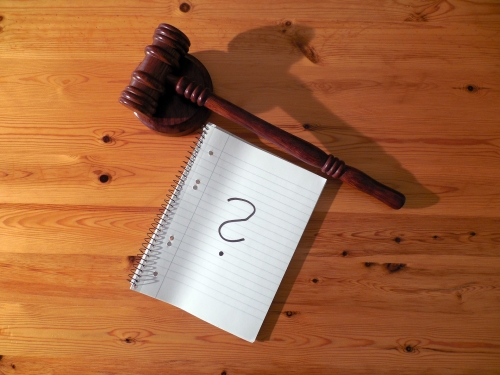
Defense attorneys sometimes file motions to dismiss in lieu of answering complaints. To support these motions, defense attorneys may offer evidence, which is often objected to by opposing counsel on grounds that the admission of evidence would convert the motion to dismiss to a motion for summary judgment. If the trial court agrees, evidence that should be admissible is excluded. After months of discovery, the issue raised in the motion to dismiss likely ends up the subject of a motion for summary judgment, with the previously unadmitted evidence being received by the court.
If the motion to dismiss was meritorious, chances are the motion for summary judgment is granted. Although the client eventually achieves the desired outcome (dismissal), it often comes with a hefty price tag. However, that need not always be the case. In certain circumstances, evidence is properly admissible on a motion to dismiss by virtue of being a document related to the pleadings. Individuals should check jurisdictional decisions for more information on the specific documents held to be admissible in various courts. However, generally speaking, there are three types of documents that fall into this category:
1. Documents Submitted with the Complaint
Courts may consider documents attached to or submitted with the complaint. This includes any exhibit a plaintiff submits with her complaint, even when the exhibit contradicts the complaint. When the exhibit contradicts the complaint, the exhibit will control. For example, courts can consider letters, reports, and affidavits attached to complaints.
2. Documents Incorporated by Reference in the Pleadings
Courts may also consider documents not attached to the complaint but incorporated by reference into the pleadings. Where plaintiffs reference documents (or portions of a document), courts may consider the entirety of the referenced documents when deciding motions to dismiss. Even if the names of the documents are not referenced in pleadings, courts consider a document if the contents of the document are alleged in the complaint and the document’s authenticity is not in question. Most commonly, these documents include written contracts incorporated into a pleading.
3. Documents Relied Upon in Bringing Suits and Central to Claims
In addition to pleadings, the court may consider documents the plaintiff possessed or knew about and relied upon in filing suit. In other words, even if a party fails to attach or reference a document, but the document is “integral” to the complaint, or is “necessarily embraced” by the pleading, courts may consider the document.
Documents are “integral” or “central” to the complaints where plaintiffs are suing primarily on the basis of documents. A prime example of documents “necessarily embraced” by a pleading is a written contract in a case that involves a dispute over the terms of the contract.”
Outside of conventional documents, courts have also considered television and radio show recordings and transcripts, along with articles from newspapers and magazines, upon which plaintiffs relied in bringing their suits.
. . .
Subsequent blog posts in this series will discuss the admissibility of public records, subjects of judicial notice, plaintiffs’ concessions, and evidence in support of certain defenses in motions to dismiss.


Leave A Comment